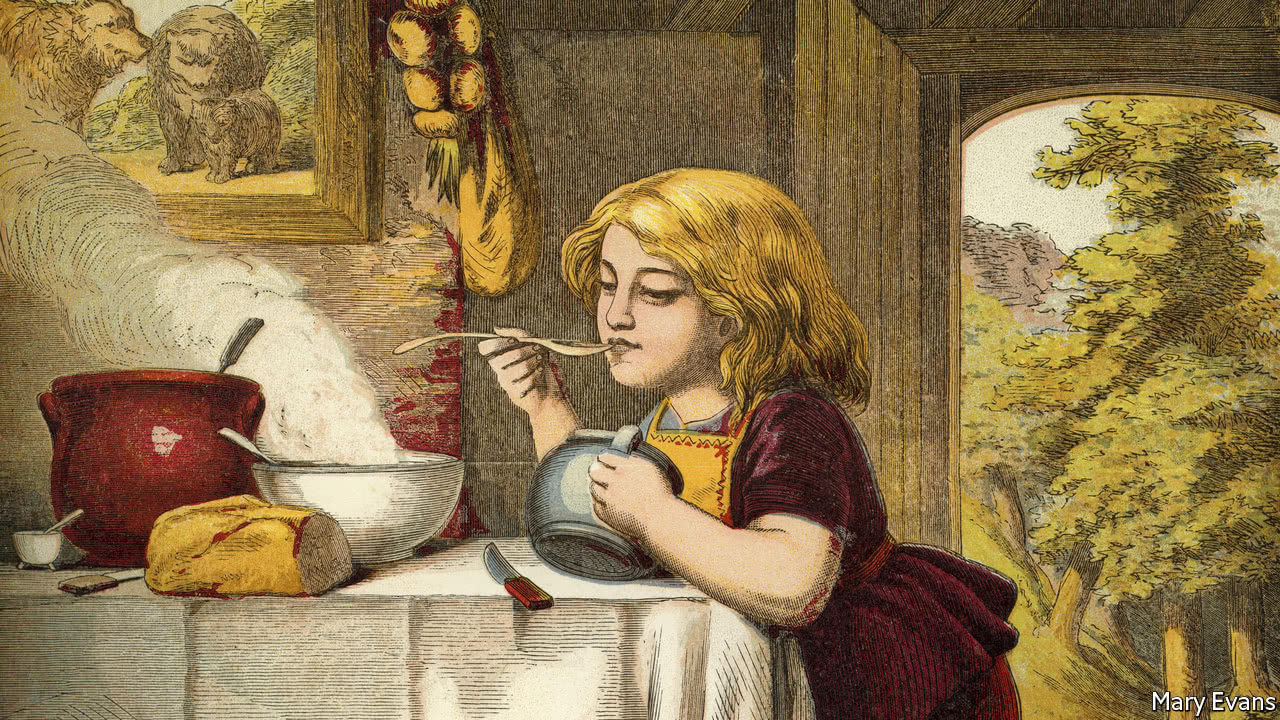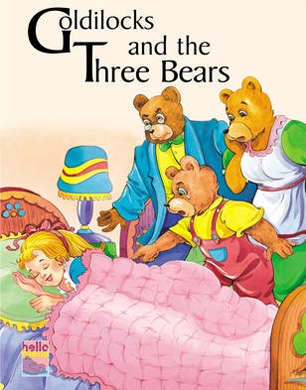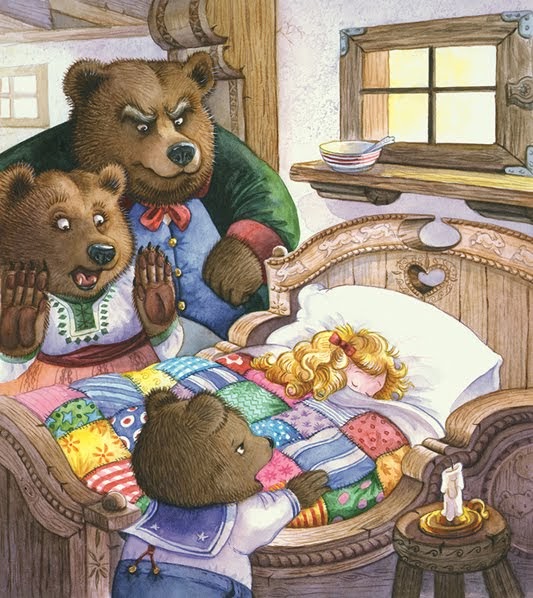

When a recession looms near, slashing interest rates can increase these same activities. Meanwhile, a government’s central bank (the Federal Reserve in the U.S.) can regulate the money supply and banking sector to facilitate a Goldilocks economy.įor instance, when inflation gets too hot, hiking interest rates can moderate lending and spending.

Short-term tax cuts can encourage spending and investment, while raising taxes allows the government to redistribute wealth and provide new growth opportunities. Still, governments can facilitate certain activities that lead to stable economies, which may enter Goldilocks periods more naturally.įor example, governments can initiate spending programs that provide jobs, growth and stability, such as infrastructure projects. As a result, it’s challenging to forcibly engineer the perfect economic periods. Modern economic theories hold that healthy capitalist economies experience repeated periods of expansion and contraction, or “boom and bust” cycles. Goldilocks economies are considered transitional periods within the larger business cycle. Stocks, bonds and real estate tend to appreciate steadily, leading to plenty of profits without excessive volatility. Goldilocks economies are believed to have GDP growth around 2-3% annually.ĭue to these factors, investors may enjoy moderate portfolio growth during Goldilocks periods. GDP measures the dollar value of an economy’s total produced goods and services.

What is agreed upon is that, somewhere, there’s a perfect balance between growth, employment and inflation that meets everyone’s needs. Still, economists tend to debate exactly what that looks like. The idea here is that…we have growth but with minimum or no inflation and maximized, to the extent possible, employment.” Earle, an economist at the American Institute for Economic Research, explains a Goldilocks economy as a growing economy in which “the purchasing power is stable, wages rising and more goods and services available. Other Goldilocks periods include the post-dot-com bubble burst recovery between 2004-2005 and the low-inflation, 3% GDP growth period in 2017. economy was “not too hot, not too cold, but just right” – ideal for all market participants. It’s believed that economist David Shulman first coined the phrase in his 1992 article “The Goldilocks Economy: Keeping the Bears at Bay.” At the time, the U.S. In other words, consumers and businesses flourish absent huge expansions or contractions.
THE GOLDILOCKS ECONOMY PUSHES INTO ANOTHER YEAR FULL
It’s not too hot to suffer runaway inflation, but not so cold that unemployment spikes.ĭuring Goldilocks periods, employment remains robust, growth is stable (but continuing) and the economy chugs along, rather than slams full steam ahead. A Goldilocks economy is an economy that is experiencing “just right” levels of growth.


 0 kommentar(er)
0 kommentar(er)
